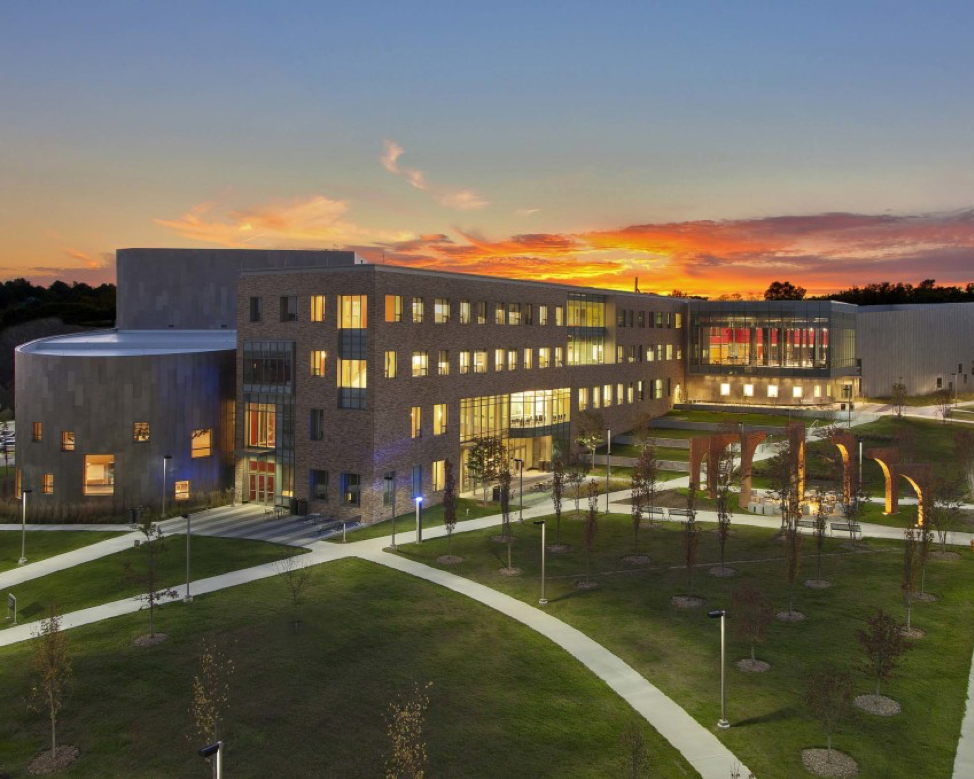The Music Theory Society of the Mid-Atlantic Seventeenth Annual Meeting
University of Maryland, Baltimore County
Baltimore, MD
March 29–30, 2019
Keynote Speaker and Workshop Leader
Dr. Maureen Carr (Pennsylvania State University) will give the keynote address, and will conduct a professional development workshop for graduate students and faculty. All conference attendees are encouraged to attend these events, and no application is necessary for workshop participation.
Keynote Address
Part 1: Stravinsky and His Compositional Process for Duo Concertino (1931-1932)
Part 2: The Many Voices of Stravinsky’s Babel (1944)
Aldous Huxley wrote Brave New World in 1931—the same year that Stravinsky completed his Violin Concerto and began composing his Duo Concertant. Huxley quoted from The Tempest and other Shakespearean plays in his New World, whereas Stravinsky in his Duo quoted from one of his own ballets (Apollo) and alluded to motives and other gestures from works by Bach. Borrowing from other sources should not be so surprising, given that Shakespeare is thought to have drawn from Montaigne’s
“Of the Cannibals” for The Tempest (Stephen Greenblatt, “Shakespeare’s Montaigne,” p. ix.). The uniqueness about Stravinsky’s use of pre-composed sources is that he puts his own “thumbprint” on the source once he is comfortable with the idiom. Sometimes the sources are obvious in the musical outcome of Stravinsky’s compositional process, as with the use of a source by Bach in “Petit choral” (Histoire du soldat). At other times he transforms the borrowed source to a more abstract level as in his allusion to Mozart, K.310 in A minor in the Piano Sonata (1924). Clues to Stravinsky’s modus operandi are found in his musical sketches.
In my many visits to the Stravinsky archive of the Paul Sacher Stiftung, I have learned that some of Stravinsky’s musical sketches begin in a rudimentary manner, as in the case of Apollo (a ballet written in 1927–28). In what appears to be his earliest idea for this work, Stravinsky wrote a melodic fragment outlining a triad with a deliberate rhythmic pattern on a small piece of paper. Eventually he changed one note in this musical motto and expanded it through the use of poetic meter that corresponds to one of the Alexandrine patterns.
Stravinsky took three approaches in his compositional process for Duo Concertant based on musical borrowings or reminiscences: (1) at the surface level from one of his own works, (2) at the middleground level from a pre-composed source or a gesture by another composer, and (3) with the use of an unidentified Russian source or the use of poetic meter in his formulation of musical meter. In addition to the use of borrowings, we will also discuss the evolution of Stravinsky’s abstract musical ideas found in the sketches.
One of Stravinsky’s lesser-known works, Babel, was commissioned as part of a larger collaborative work entitled the Genesis Suite. The brainchild of Nathanial Shilkret, composers including Arnold Schoenberg and Darius Milhaud also contributed to the suite, which premiered in November 1945, performed by the Janssen Symphony Orchestra in Los Angeles. Stravinsky used the story of the Tower of Babel as narration through his section of the suite, reserving the singing for the “words of God” that Stravinsky insisted would set for “a Greek chorus.” Certainly deserving of more attention that it has thus far received, Babel presents us with a unique motivic network that arises in the opening measures, providing a roadmap to Stravinsky’s experiments with his unique compositional approach to rotation.
Professional Development Workshop: “Allowing Stravinsky To Speak Through His Musical Sketches for In Memoriam Dylan Thomas (1954)”
When Stravinsky collaborated with literary figures (such as André Gide for Perséphone), his musical settings often reflected the poetic form of the text. At other times, Stravinsky would take liberties with poetic meter of the libretti prepared for him by others (such as Cocteau for Oedipus Rex [1926–7] or Auden and Kallman for The Rake’s Progress [1947–51] and Elegy for J. F. K. [1964]). Another phase of Stravinsky’s approach to text setting would be in, as Robert Hatten described, “his close musical approximations of both prosody and poetic form in his setting of Dylan Thomas’s (1914– 53) villanelle, ‘Do not go gentle [into that good night],’ a poem that exists for its own music rather than as something written with musical setting in mind.” Stravinsky set that villanelle as the second part of In memoriam Dylan Thomas (1954), written one year after the poet’s death. Stravinsky also wrote a musical setting of the poem “The dove descending breaks the air,” from Part IV of Little Gidding in Four Quartets (1942) by Thomas Stearns (T. S.) Eliot (1888–1965) that became known as Anthem (1962). Stravinsky’s Introitus — T. S. Eliot in memoriam (1965) is based on a Latin text.
It is curious that both Thomas and Eliot were called upon to collaborate with Stravinsky on operas that never materialized, yet their influence on him presented itself in his remarkable settings of their works. As Alma Gowdy wrote the day after the premiere of In memoriam Dylan Thomas, concert in the Los Angeles Herald and Express: “Stravinsky’s emotional and imaginative aridity combines nicely with pre- Bachian form to create an archaic expression so long forgotten that it sounds new.” The musical sketches for this work show Stravinsky’s experimentation with a five-note series that generated each of the three movements. Hans Keller concluded after a detailed analysis of the setting that “Stravinsky out- Schoenbergs Schoenberg.”
Program Committee
- Jenine Brown, Chair (The Peabody Conservatory of the Johns Hopkins University)
- Robert A. Baker (The Catholic University of America)
- Patricia Burt (University of Delaware)
- Mark Janello (The Peabody Conservatory of the Johns Hopkins University)
- Paul Miller (Duquesne University)
Local Arrangements
Joseph Siu (University of Maryland–Baltimore County)
